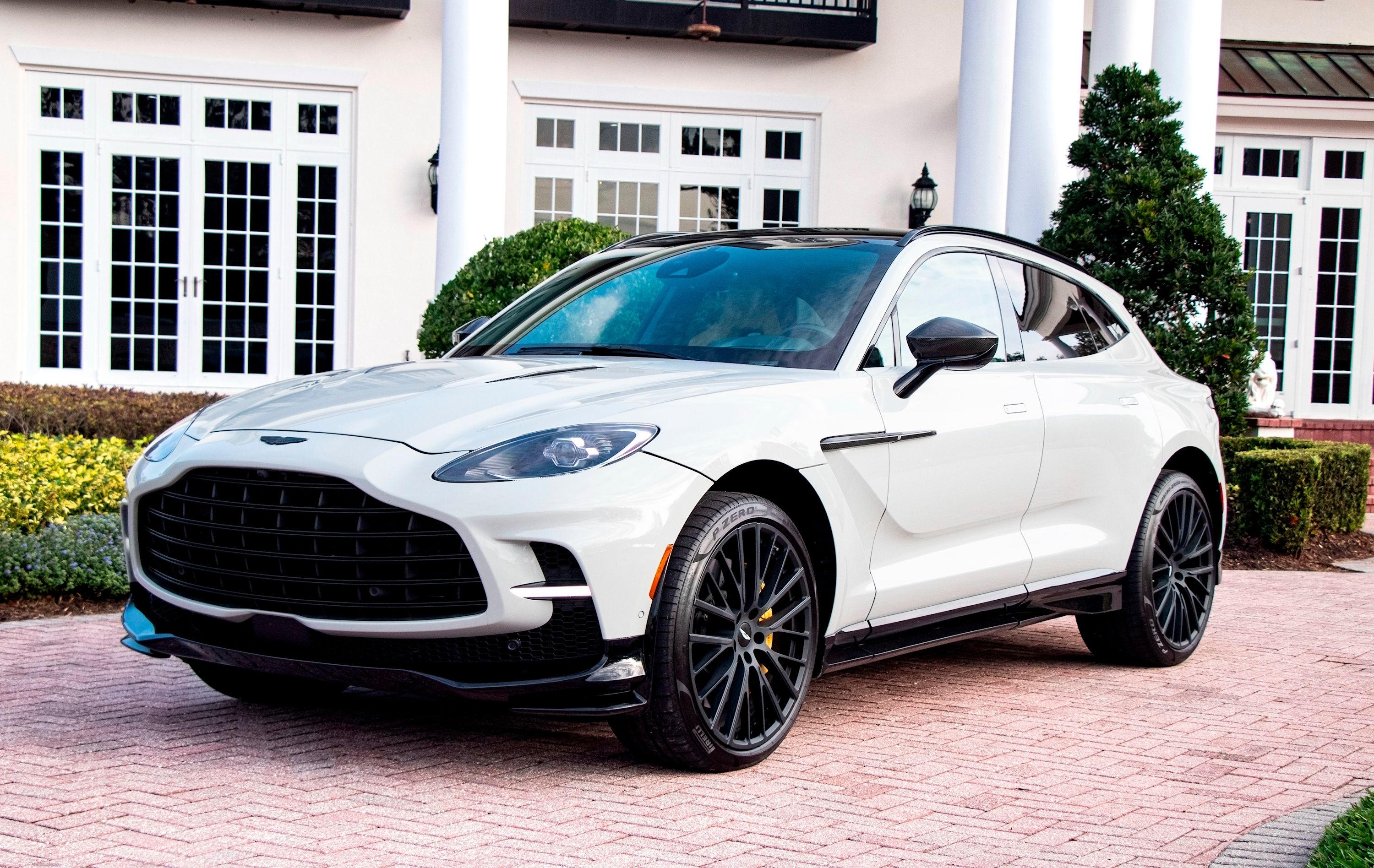
The Aston Martin DBX707 is an absolute triumph of British (with a little bit of German) engineering, and to help elevate its sports car chops, the company is apparently considering a lighter and more aggressive model. Nothing has been officially confirmed, but CarExpert spoke with Aston Martin Lagonda senior vehicle engineering manager, Andy Tokley about just such a vehicle and received some interesting answers.
When the DBX debuted, we knew the company would soon be cooking up something even more powerful in the background; when it comes to cars this expensive, there's no such thing as good enough. This is why news of a more extreme model isn't surprising, although, we imagine we won't hear anything about such a model until after the debut of the brand's next generation of sports cars.
"There's definitely something we've been thinking about, and has been thought about from the start of the project," said, Tokley. "Obviously I can't really confirm or deny whether anything's in the future plan for the car line, but yes it would be quite easy to get some mass out quickly."
This tracks strongly with what Tokley told CarBuzz at the DBX707's global launch when he indicated the brand might pursue an SUV record around the Nurburgring. He told CarBuzz that it was no secret the DBX707 had been seen on the circuit and that we should keep our eyes open. That record attempt hasn't happened yet, though, suggesting that, perhaps, Aston may need a lighter, more focused model to achieve it.
Tokley points to the fact that Aston Martin is primarily a luxury carmaker, and that luxury features make their way into every car the company produces. Unfortunately, luxury features like premium leather seats, glass roofs, and advanced sound systems weigh a good bit, and so could be easy targets if such a model was put into production.
"You take a glass roof and a blind out and put a conventional roof in, and you can take [55 lbs] right off the top end of the car, which obviously helps you a lot for the inertia of the car."
Additionally, the car always accounts for 220 lbs of roof load at all times, meaning the Electronic Stability Program (ESP) is changing how the car reacts to certain movements to allow this. "If you ditch the [220 lbs], you never have to account for those scenarios and compromise your ESP tuning. So that's another way of improving the car by accounting for less mass."
Seems like easy work for some Aston Martin engineers if you ask us. Aston Martin could even take a page out of Alfa Romeo's handbook with the Giulia GTA and GTAm and go ultra hardcore.
We're talking about an extremely liberal use of carbon fiber in places it counts, like the hood, roof, wheel arches, and drive shaft on top of lightweight aluminum in the engine, doors, and suspension system. Heck, throw out the rear seats entirely while you're at it and toss on an even larger rear wing. Limit it to a few hundred examples, throw an extra 150k onto the price, and watch the money roll in.
